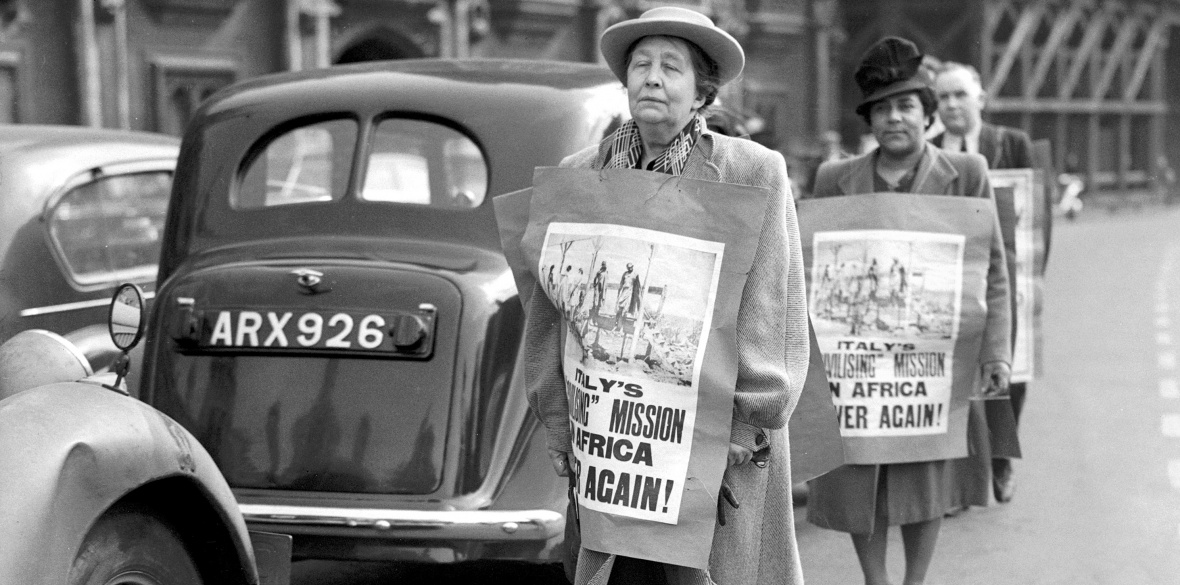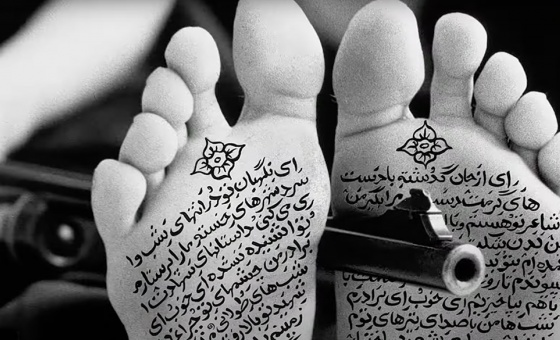This is the last article you can read this month
You can read more article this month
You can read more articles this month
Sorry your limit is up for this month
Reset on:
Please help support the Morning Star by subscribing here
RACHEL HOLMES has already written about some remarkable women including Eleanor Marx. This biography of Sylvia Pankhurst has the detail that will satisfy both the serious student and those just wanting an enjoyable read.
It is long, with over 900 pages. But such a big life deserves a big book, especially when it is written with political understanding and tremendous sympathy for women in politics.
Central to Pankhurst’s politics was a commitment to working-class struggle.
She believed that “without a class analysis, feminism was a minority campaign for rich and middle-class women …” This is the key to understanding Pankhurst and what eventually separated her from her mother and sister. These differences are described by the author as a microcosm of what was happening in the Women’s Social and Political Union (WSPU).
As it became more of a guerilla army than a movement it inevitably became more autocratic — she supported militancy but wanted open civil unrest rather than undercover operations. She never avoided arrest and at one time held the unenviable record for the number of times she was force-fed. Her concern was for the less well-known participants who when arrested received harsh punishment and for whom “there would be no international telegraphs.”
She was linked to every political battle of her time and knew most of the people involved; from the birth of the Labour Party, the creation of new trade unions, the struggles in Ireland including the 1913 general strike and the 1916 uprising, the fight against poverty and degradation in the East End of London, opposition to fascism in Europe and Britain, the founding of the Communist Party and the post-war resistance to British imperialism.
During her later years she was dedicated to the rebuilding of Ethiopia where she worked up until literally the last day of her life.
As the author says, while the Pankhurst name will always be associated with the fight for women’s suffrage, for Sylvia specifically “by far the larger part of her life was dedicated to fighting the evils of racism, fascism and imperialism.”
She gave much of her earlier political life to winning votes for women — so it is surprising that she moved to an abstentionist position.
She came to believe “that on principle revolutionaries should never participate in bourgeois parliamentary activities such as voting or running for parliament.”
She put her efforts into rallying support for the Russian Revolution, establishing the People’s Russian Information Bureau to counter the anti-Soviet propaganda.
The question of whether the left should engage with the Labour Party hampered left unity 100 years ago and has divided it ever since.
In 1920 Pankhurst travelled to Moscow to participate in the second Communist International in Moscow. Deprived of her passport and without a visa she travelled undercover. She joined other delegates Willie Gallagher, Dave Ramsay, Jack Tanner, William MacLaine and Tom Quelch, but she had no vote.
She and Gallagher dissented from Lenin’s position that the Communist Party of Great Britain should seek affiliation to the Labour Party.
Pankhurst argued that Lenin overestimated the size and influence of the Labour Party.
The title of Lenin’s repost to them was Left-wing Communism: An Infantile Disorder. Pankhurst referred to it as Left Childishness. Which for her harked back to the suffragettes’ experience of being treated like unruly children.
Having come to what was a temporary truce with Lenin she set off home by a circuitous route using a variety of small boats.
Gallagher wrote an account of the journey: “Sylvia was very sick. We laid her on top of the little hatchway, covered her with a waterproof. I wedged myself between the hatchway and the gunwale … and held her there all through the night.”
Two days later two French delegates drowned doing the same crossing.
While Pankhurst’s relationship with Keir Hardie is well known, what is less commonly referred to is that she lived with the Italian anarchist Silvio Corio for over 35 years and had a son Richard. They worked tirelessly together producing journals and pamphlets, organising meetings and offering hospitality to an endless stream of activists from all over the world.
Corio was quick to identify the threat of Mussolini’s determination to enlarge his empire starting with Ethiopia.
There followed decades of involvement with Ethiopia and an unlikely friendship with Haile Selassie, the Emperor of Ethiopia.
She had told Selassie that she supported him not because he was emperor but because she believed in his cause, the cause of Ethiopia.
Nelson Mandela wrote of Ethiopia as “the birthplace of African nationalism” and of Selassie’s influence as the shaping force of contemporary Ethiopian history, explaining how the Ethiopian example inspired and contributed to the formation of the African National Congress.
Her life ended in Ethiopia with her son and daughter-in-law alongside her working to build a modern independent country.
There she renewed her friendship with many of the leaders of the newly independent African countries and on her death was given a state funeral.
She had already written her own epitaph: “When victory for any cause came, she had little leisure to rejoice, none to rest; she had always some other objective in view.”
‘Sylvia Pankhurst: Natural Born Rebel’ by Rachel Holmes, Bloomsbury Publishing, is available now.









